In the vast expanse of our planet’s avian diversity, certain birds remain as elusive as whispers in the wind. These feathered phantoms inhabit remote corners of the world, display secretive behaviors, or exist in such small numbers that encountering them becomes a once-in-a-lifetime event. Wildlife photographers and ornithologists spend decades in pursuit of these mysterious birds, often with nothing more than fleeting glimpses to show for their efforts. The following birds represent some of nature’s most camera-shy species—creatures so rarely photographed that each image becomes a treasure in the scientific community and among bird enthusiasts. From the depths of dense jungles to the highest mountain peaks, these birds have mastered the art of avoiding human documentation, making them living legends in the world of wildlife photography.
The Nightjar’s Nocturnal Deception
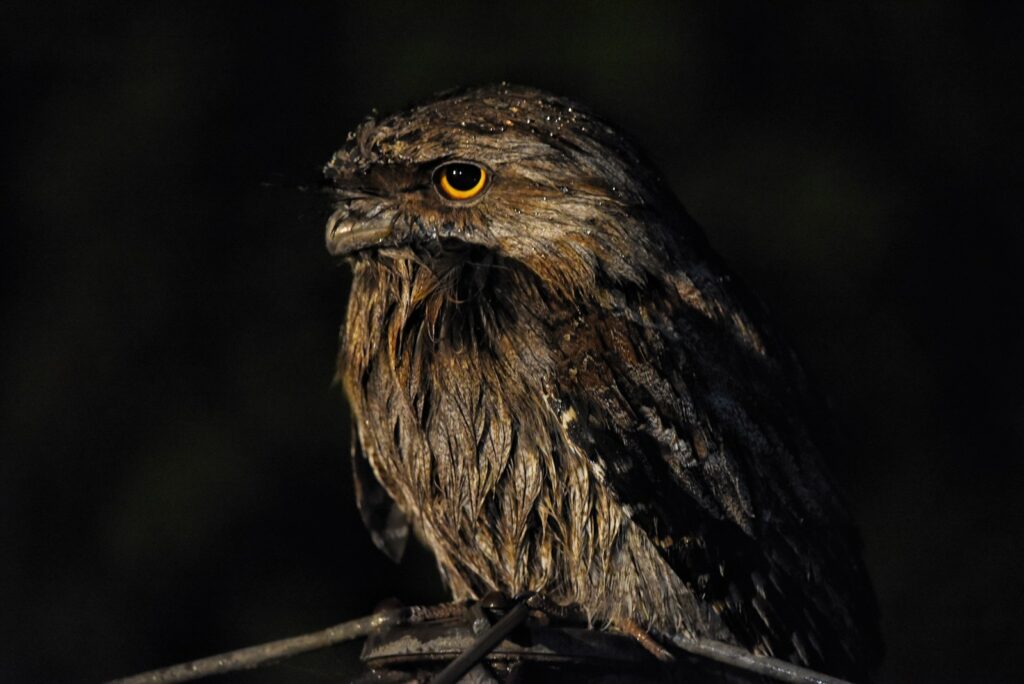
The nocturnal Satyr Tragopan (Tragopan satyra) of the eastern Himalayas remains one of the world’s most challenging birds to photograph due to its exceptional camouflage and secretive habits. During daylight, these birds blend seamlessly with forest floor debris, their mottled plumage mimicking dried leaves and bark patterns with such precision that observers have reportedly walked within feet of them without detection. Males possess vibrant blue, red, and gold plumage that they display during brief courtship periods, but these displays occur in dense understory before dawn, making photography nearly impossible without disturbing the birds. Adding to the challenge, Satyr Tragopans inhabit steep, mountainous terrain between 8,000-14,000 feet elevation in some of Asia’s most remote forests, where moisture and low light conditions create additional obstacles for photography equipment.
New Zealand’s Ghost Bird: The South Island Kōkako
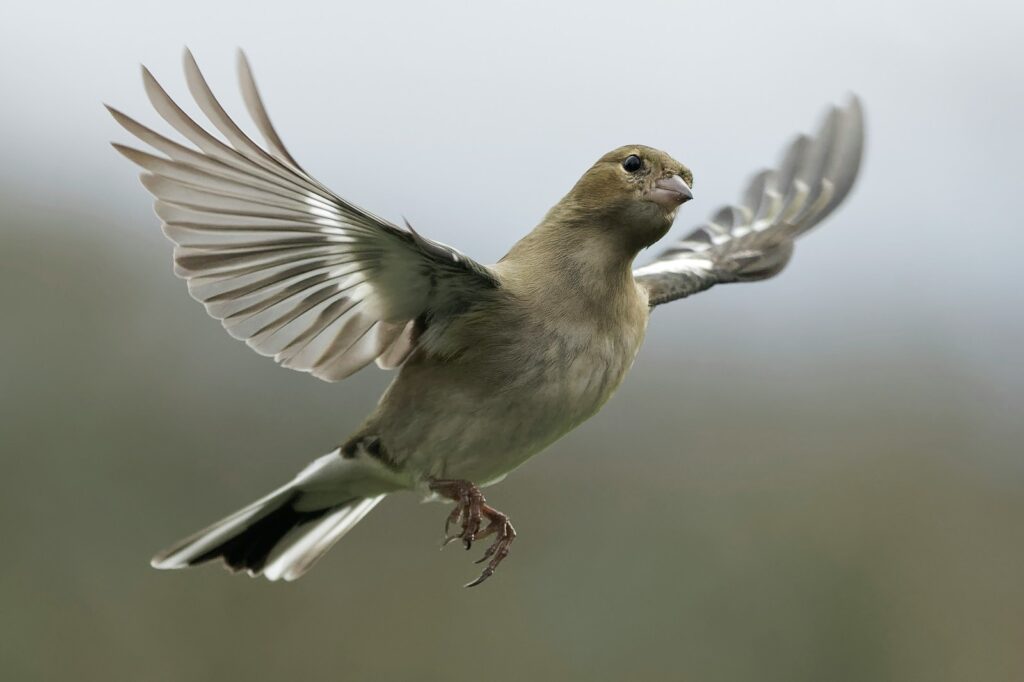
The South Island Kōkako (Callaeas cinereus), with its distinctive blue wattles and haunting call, was declared extinct in 2007 only to be reclassified as “data deficient” in 2013 following several unconfirmed sightings. No verifiable photographs of a living South Island Kōkako exist in the modern era, despite numerous expeditions specifically mounted to document this bird. The last confirmed sighting occurred in 1967, though locals and researchers continue to report brief glimpses in the dense forests of New Zealand’s South Island. The bird’s legendary status comes from its ghost-like ability to move through the canopy without disturbing foliage, its ventriloquial calls that seem to come from everywhere and nowhere, and its preference for moving on foot rather than flight. If the South Island Kōkako still exists, it represents one of ornithology’s greatest living mysteries, with perhaps fewer than 50 individuals remaining in remote valleys.
The Secretive Forest Pitohui of New Guinea
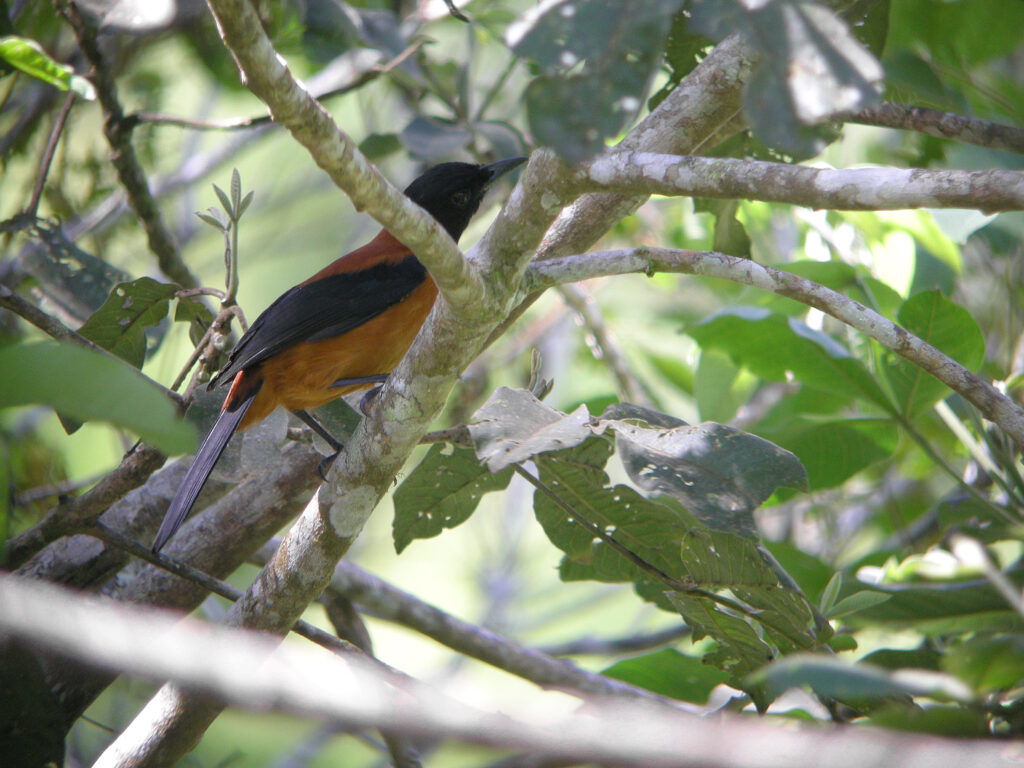
The Hooded Pitohui (Pitohui dichrous) of New Guinea earned its mysterious reputation not just through elusiveness but as the first scientifically documented poisonous bird. This vibrant orange and black bird produces batrachotoxin in its skin and feathers—the same powerful neurotoxin found in poison dart frogs—making handling the bird potentially dangerous for researchers attempting photography. The Hooded Pitohui inhabits dense rainforest canopies across New Guinea, where visibility is severely limited, and moves quickly in mixed-species flocks that don’t remain stationary long enough for proper photographic documentation. Indigenous peoples have long known about the bird’s toxicity, using its feathers in ceremonial headdresses specifically because they cause numbness and irritation that serves as proof of a warrior’s fortitude. Despite being relatively common in suitable habitat, high-quality photographs of wild Hooded Pitohuis remain exceptionally rare due to these combined challenges.
Antarctica’s Emperor of the Shadows
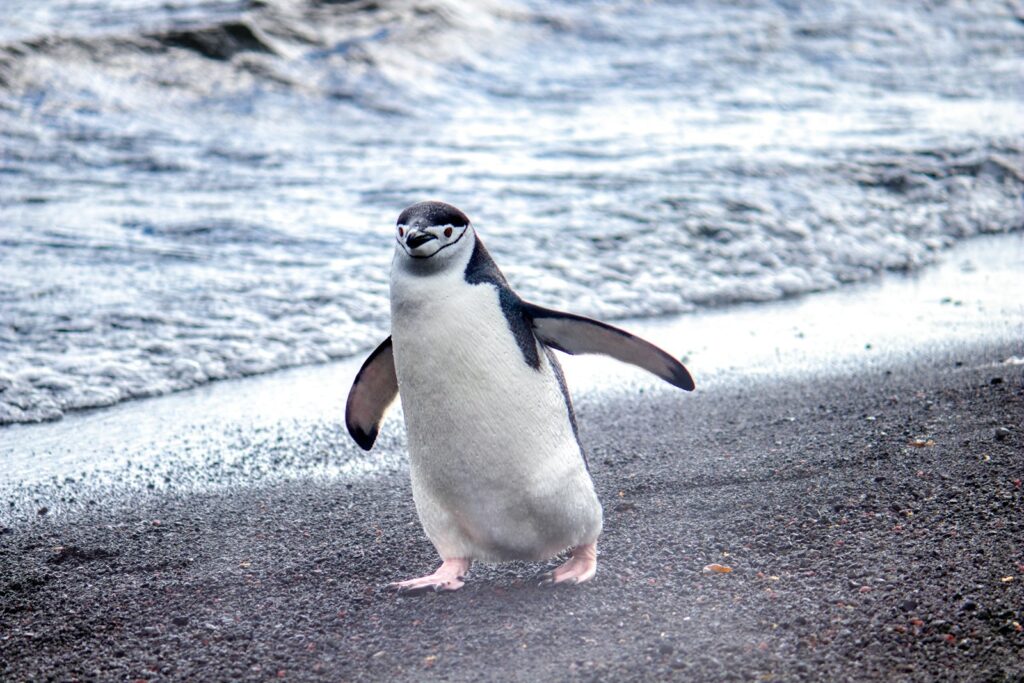
The Emperor Penguin (Aptenodytes forsteri) might seem an unlikely candidate for rarely photographed birds given its popularity in documentaries, but wild Emperor Penguins in their deepest winter breeding colonies represent one of photography’s greatest challenges. During the Antarctic winter, when temperatures plummet to -40°F and below amidst complete darkness for months, Emperor Penguins gather in remote colonies to breed—places so inaccessible that fewer than 100 people have ever photographed this phenomenon in its entirety. The first complete winter documentation wasn’t achieved until the 1950s when researchers risked their lives to remain through the polar night. Even today, most Emperor Penguin images show birds during the Antarctic summer or at accessible coastal locations, not during the most mysterious phase of their life cycle when males incubate eggs through the darkest, coldest conditions on Earth. The penguins that venture furthest inland to breed in locations like Dawson-Lambton Glacier remain virtually unphotographed during midwinter.
The Cryptic Colima Warbler

The Colima Warbler (Leiothlypis crissalis) has gained legendary status among North American birders as one of the continent’s most difficult birds to photograph well. This plain gray-brown warbler breeds exclusively in the remote Chisos Mountains of Big Bend National Park in Texas and in a few isolated mountain ranges in Mexico, requiring photographers to hike strenuous trails to elevations above 7,000 feet during the brief summer breeding season. Once there, photographers face the additional challenge of the bird’s unremarkable plumage that blends perfectly with the oak-pine habitat, its tendency to forage in dense foliage, and its habit of singing from concealed perches within juniper thickets. The Colima Warbler’s global population is estimated at fewer than 4,000 individuals, further complicating photographic efforts. While birders may check this species off their life lists after glimpsing movement in the canopy, quality photographs showing the bird’s full field marks remain exceptionally scarce.
Madagascar’s Murky Mystery: The Sakalava Rail
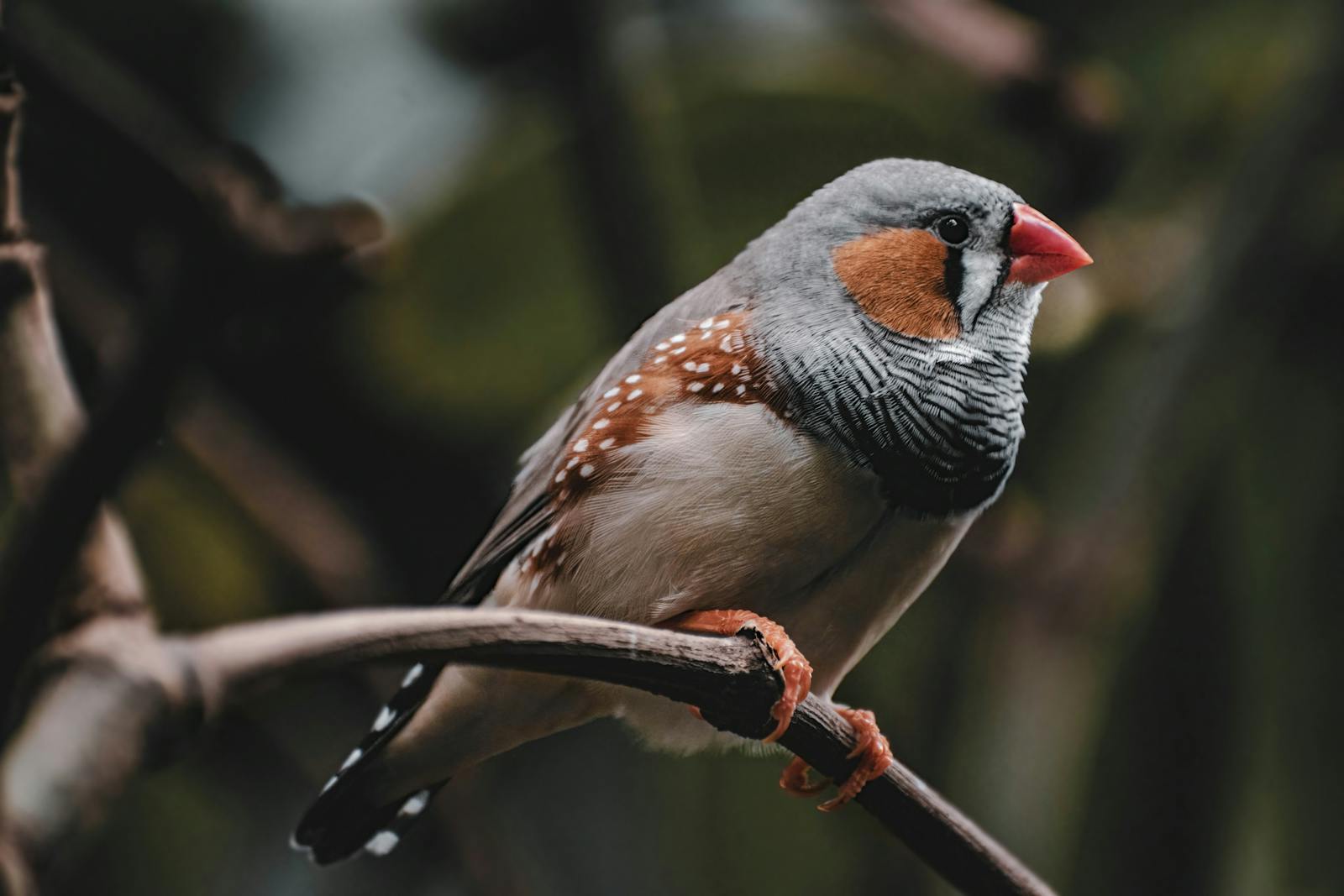
The Sakalava Rail (Amaurornis olivieri) of western Madagascar represents one of the world’s least-known birds, with fewer than a dozen confirmed photographs in existence despite decades of searching. This small, dark rail inhabits dense papyrus marshes in a tiny region around Lake Bemamba, where it moves like a shadow through nearly impenetrable vegetation. The first scientific photographs weren’t obtained until 1995, more than 60 years after the species was first described, and even these showed only portions of the bird. Researchers attribute the difficulty to the rail’s crepuscular habits (being active primarily at dawn and dusk), extreme wariness, and preference for areas of marsh that are often chest-deep in water and mud. Adding to the challenge, the Sakalava Rail’s entire known habitat covers less than 45 square miles, much of which is being converted to rice cultivation. With a population estimated at fewer than 2,000 individuals, this bird may disappear before being properly documented.
The Himalayan Phantom: Snow Leopard Bird

The Tibetan Snowcock (Tetraogallus tibetanus) has earned the nickname “Snow Leopard Bird” among wildlife photographers for its comparable elusiveness to the famous big cat and for inhabiting the same remote, high-altitude environments across the Himalayas and Tibetan Plateau. These large, partridge-like birds live above the tree line at elevations between 14,000-20,000 feet, where oxygen is scarce and conditions often brutal for both birds and photographers. Snowcocks possess remarkable camouflage that blends perfectly with rocky slopes, and they typically detect human presence from over a mile away, retreating upslope into terrain that’s often impossible for photographers to follow. The most determined photographers have spent weeks acclimatizing to the altitude and positioning themselves before dawn, often in sub-zero temperatures, only to capture distant images. While the Tibetan Snowcock is not particularly rare in terms of population, quality close-up photographs in natural settings remain among the most challenging achievements in bird photography.
Brazil’s Vanishing Voice: The Stresemann’s Bristlefront

The Stresemann’s Bristlefront (Merulaxis stresemanni) holds the unfortunate distinction of possibly being the world’s rarest bird, with only one confirmed individual known to exist as of 2018 in a tiny fragment of Atlantic Forest in eastern Brazil. This somber-colored bird with distinctive bristles at the base of its bill was thought extinct for decades until its rediscovery in 1995, making any photograph of a living specimen extraordinarily precious to science. The lone remaining female was last documented in 2018, though searchers continue to hope other individuals might persist in unexplored ravines. The bristlefront’s habits make photography exceptionally difficult—it lives in tunnel-like burrows on forested slopes, emerges primarily at dawn to sing briefly, and forages in the darkest understory where lighting conditions challenge even professional camera equipment. Fewer than 15 photographs of living Stresemann’s Bristlefronts exist, and each represents a connection to a species that teeters at extinction’s edge.
New Guinea’s Living Dragon: The Pesquet’s Parrot
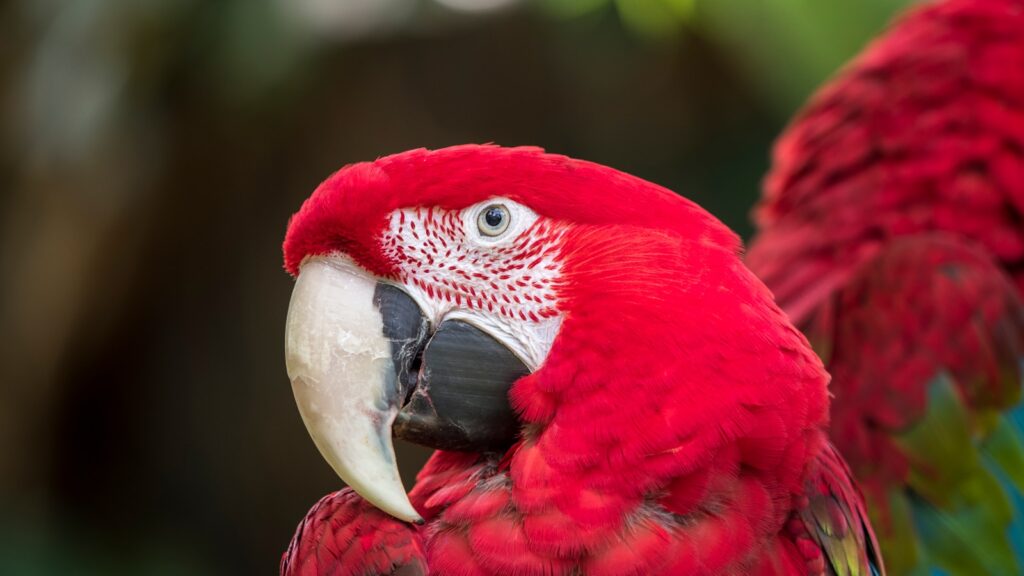
The Pesquet’s Parrot (Psittrichas fulgidus), also known as the Vulturine Parrot, presents one of the most striking yet rarely photographed birds in the world due to its remote habitat and declining numbers. This large black and crimson parrot with a vulture-like bare face inhabits mid-montane forests of New Guinea at elevations of 1,000-2,000 meters, where it feeds almost exclusively on figs in the uppermost canopy. Photographers seeking this species face multiple challenges: the bird’s preference for emergent trees that tower above the canopy, its habit of remaining motionless for long periods, its wary nature that causes it to flee at the slightest disturbance, and the logistical difficulties of reaching its remote habitat. The species has declined by an estimated 30% in recent decades due to hunting for its prized feathers, which are used in traditional ceremonial headdresses. Though occasionally photographed at salt licks where it descends to consume soil for minerals, images showing natural feeding behaviors remain exceedingly rare.
Africa’s Phantom Owl: The Shelley’s Eagle-Owl
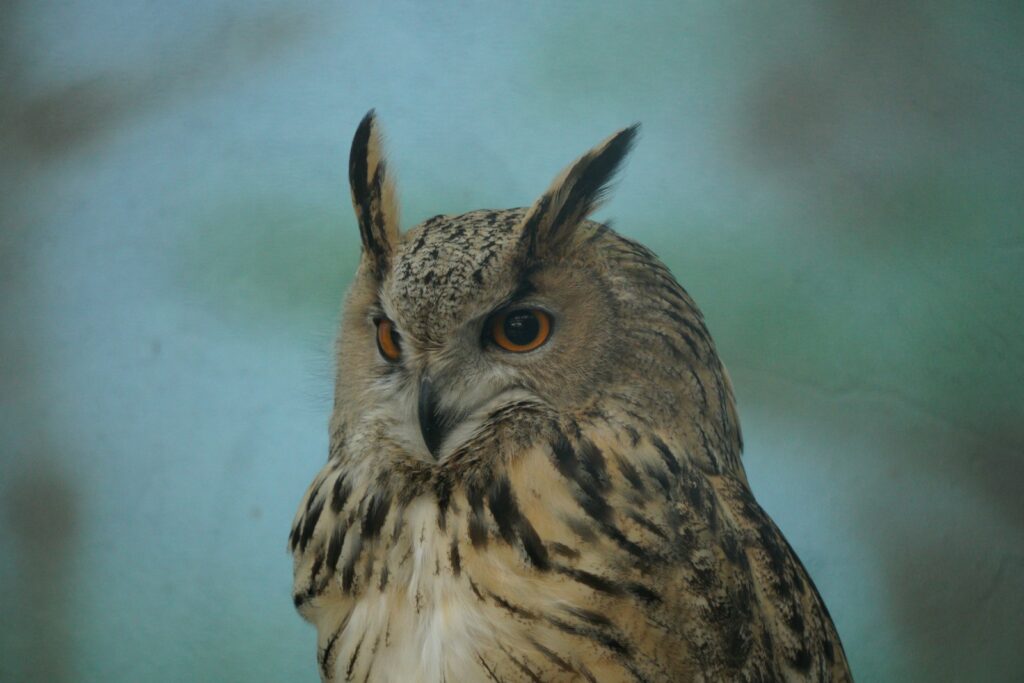
The Shelley’s Eagle-Owl (Bubo shelleyi) represents one of Africa’s most enigmatic birds, with fewer than 10 confirmed photographs in the wild despite being one of the continent’s largest owls. This massive forest owl inhabits the canopies of primary rainforests from Sierra Leone to western Uganda, where its deep, booming call is occasionally heard but almost never traced to its source. The first confirmed photograph in the wild wasn’t obtained until 2021 in Ghana’s Atewa Forest, more than 150 years after the species was first described scientifically. The owl’s extreme elusiveness stems from several factors: strictly nocturnal habits, preference for the densest forest interiors, natural rarity with perhaps fewer than a thousand individuals remaining, and remarkable camouflage that blends perfectly with tree trunks where it roosts during daylight. Even researchers who have studied African rainforests for decades consider themselves fortunate to glimpse this species once in a lifetime, making each new photograph a significant event in ornithology.
Borneo’s Tree Hole Dweller: The Bornean Rajah Scops Owl
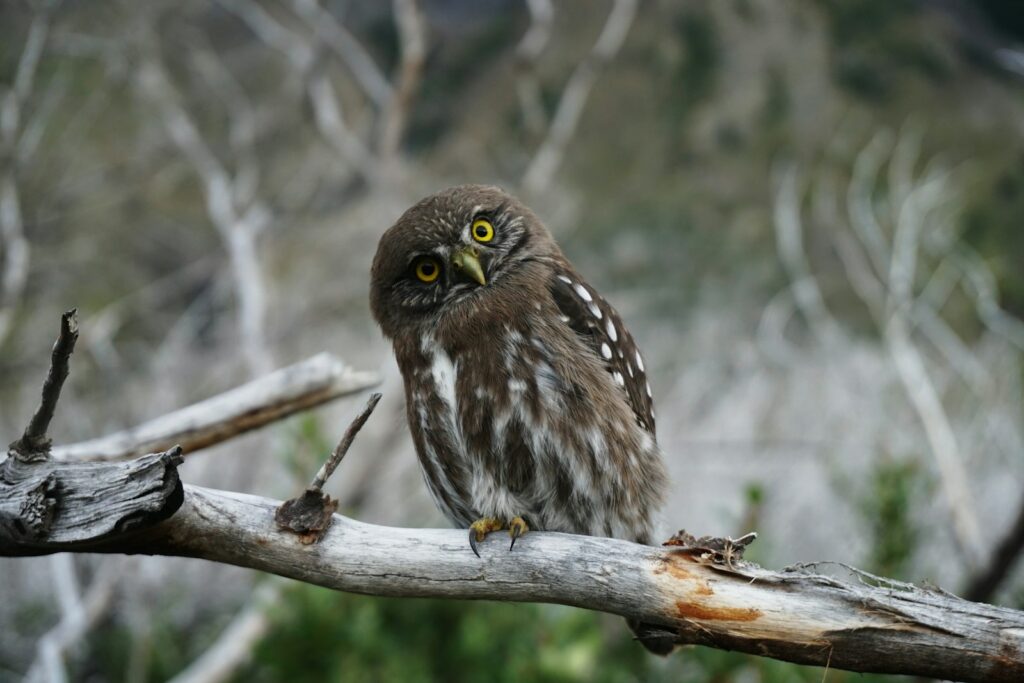
The Bornean Rajah Scops Owl (Otus brookii brookii) exists as a near-mythical species among bird photographers, with the first verifiable photographs in the wild not obtained until 2016, more than 125 years after its scientific description. This diminutive owl inhabits montane forests of Borneo above 1,000 meters elevation, where it roosts in tree cavities and emerges only under the cover of darkness. The owl’s extreme rarity—with perhaps fewer than 500 individuals remaining—combines with its preference for the tallest, most inaccessible forest canopies to make photography nearly impossible. After decades without confirmation, many scientists feared the subspecies extinct until a single bird was documented in Mount Kinabalu National Park by an American bird photographer who had specifically traveled to search for it. The photographer spent nine nights searching before locating the owl through its distinctive whistling call, which differs from the lowland subspecies. Most remarkable about this owl’s elusiveness is that it occurs within one of Asia’s most visited national parks, yet remained effectively invisible to science for generations.
Antarctica’s Hidden Seabird: The Emperor Penguin Chick
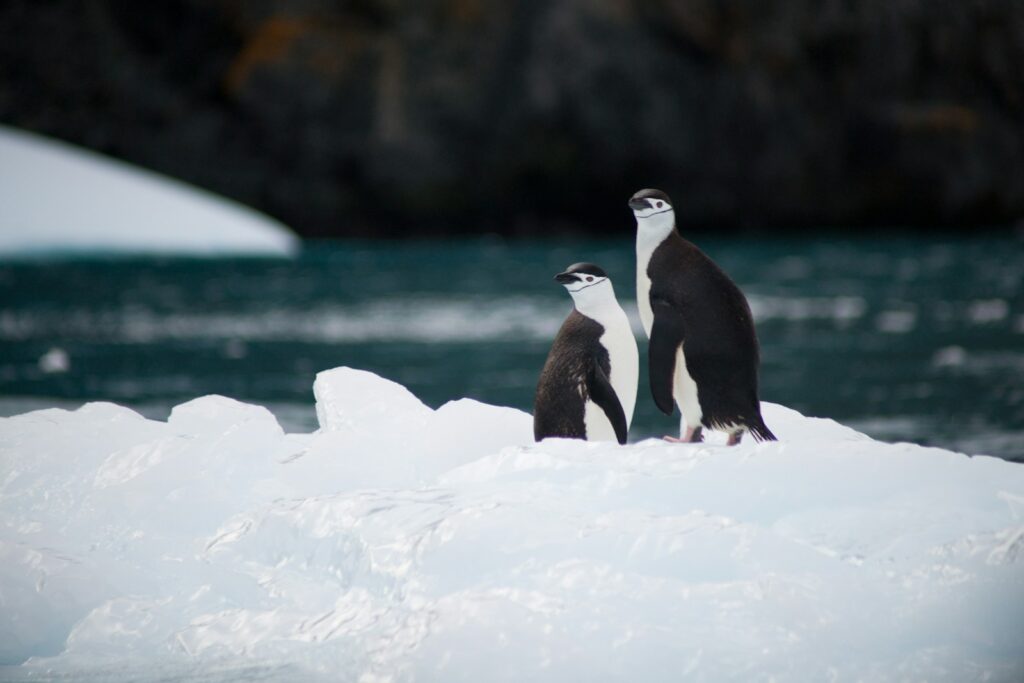
The Emperor Penguin chick in its earliest developmental stages represents one of nature’s most rarely photographed phenomena, despite its parent species being well-known. During the Antarctic winter, male Emperor Penguins incubate eggs balanced on their feet in temperatures reaching -40°F and complete darkness, and the newly hatched chicks immediately take shelter in a specialized pouch above the parent’s feet. This critical developmental stage occurs during the most extreme weather conditions on Earth, when few researchers can access colonies and equipment frequently fails in the cold. The first complete photographic sequence of chick development was only achieved in the 1950s by researchers who risked their lives remaining through the polar winter. Most significant is that the chicks develop in complete darkness during polar night, requiring specialized equipment to document without disturbing natural behaviors. While adult Emperor Penguins feature prominently in nature documentaries, genuine photographs of wild chicks in their earliest developmental stages remain among science’s most difficult achievements.
The Pacific Ghost: Beck’s Petrel
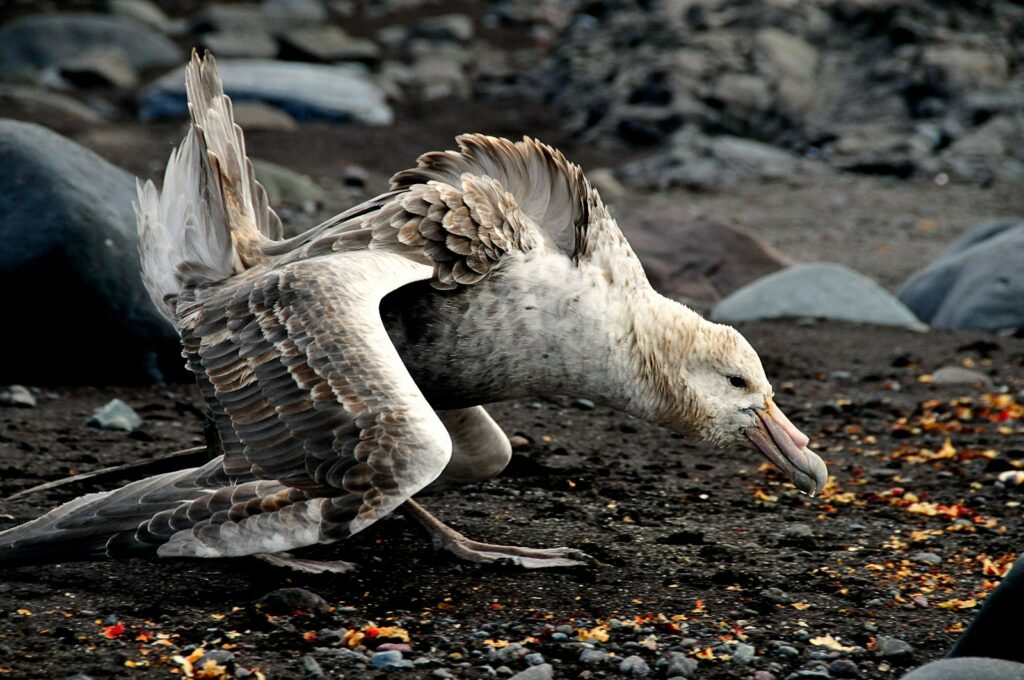
Beck’s Petrel (Pseudobulweria becki) represents one of the world’s most mysterious seabirds, with fewer than 50 individuals ever definitively documented and only a handful of photographs in existence. This medium-sized, dark petrel disappeared after its initial discovery in the 1920s, leading scientists to fear its extinction until its rediscovery in 2007 in the Bismarck Archipelago and Solomon Islands. The extreme photographic challenge comes from multiple factors: the bird spends its life on the open ocean, coming to land only at night on remote islands to breed at nest sites that remain undiscovered; it resembles several other petrel species, requiring careful examination of subtle field marks; and its population is estimated at fewer than 250 mature individuals. Even dedicated seabird expeditions might go years without encountering this species, and when sightings do occur, they typically involve birds in flight far from vessels in challenging sea conditions. The nesting location of Beck’s Petrel remains ornithology’s greatest mystery in the Pacific, and a clear photograph of a bird at its breeding grounds would represent a monumental discovery.
Conclusion
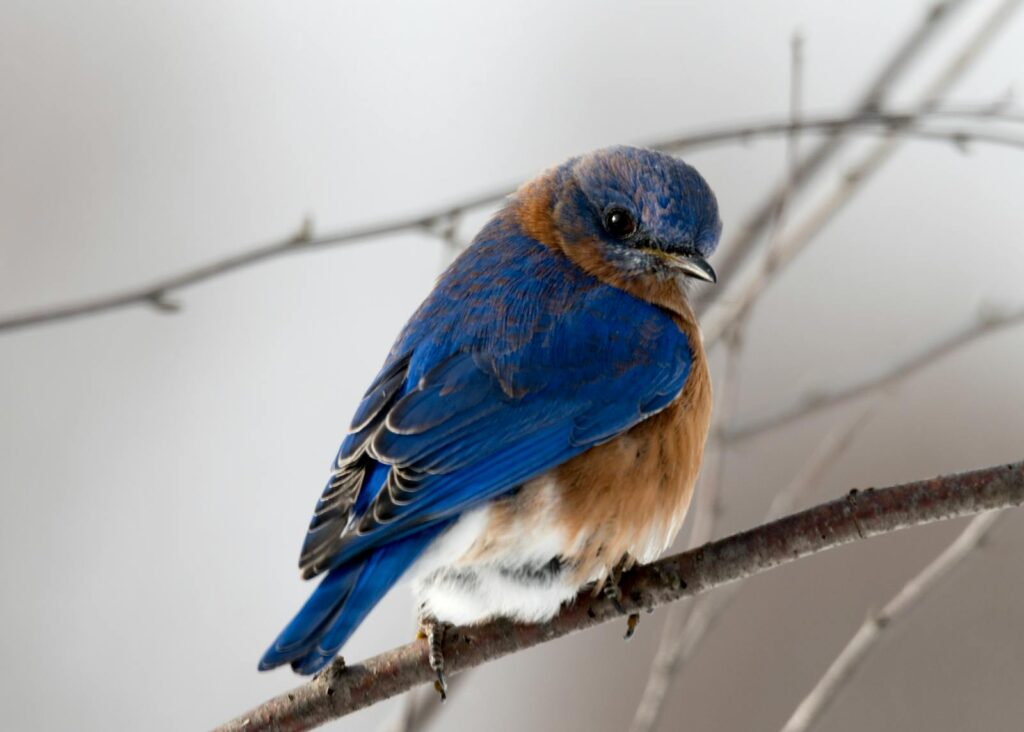
The world’s most mysterious and rarely photographed birds remind us that, despite our technological advances and global connectivity, nature still holds secrets. These avian enigmas—whether dwelling in remote rainforests, soaring over boundless oceans, or hiding in plain sight through remarkable camouflage—represent living challenges to human documentation and understanding. For wildlife photographers and ornithologists, these species represent the ultimate achievements, with each new image potentially advancing scientific knowledge. As habitat loss, climate change, and other pressures increase, the opportunity to document these birds diminishes, making existing photographs all the more precious. These elusive creatures serve as powerful symbols of nature’s remaining mysteries and the importance of preserving the wild places they call home, ensuring that future generations might still experience the thrill of glimpsing birds that have mastered the art of remaining unseen.
